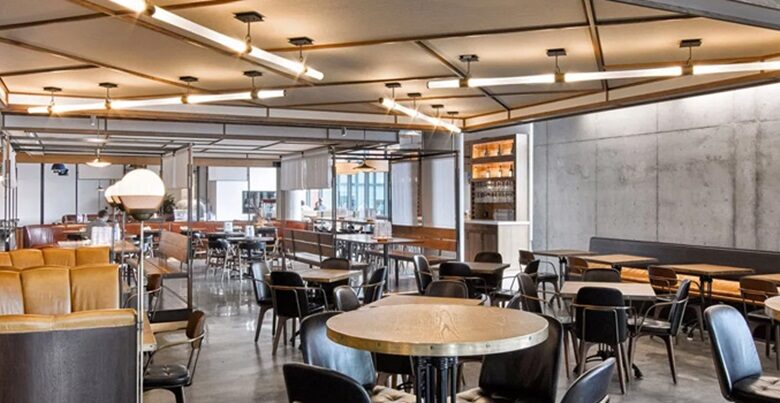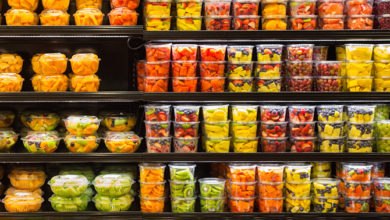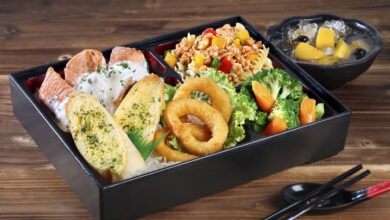Enhancing the Dining Experience in Senior Care Facilities

Food is an integral part of life. It accompanies our victories and comforts us in times of sadness. Enjoying good food is a quality of life issue, especially for seniors in care facilities. Preparing food for seniors is not just about getting them what they need to fuel their bodies, it is about assisting them in enjoying food throughout their lives.
Person-Centered Care
In the past, serving food was more utilitarian than anything else. The goal was to get the food to the residents as quickly and as efficiently as possible, with little regard to presentation. Times have changed, and senior care experts now understand that part of person-centered care is providing food that creates a positive experience for the resident. The Centers for Medicare & Medicaid Services (CMS) has developed their own set of guidelines that directs caregivers in the best practices when serving food.
Senior meals have to taste good, while keeping in mind the dietary needs of the residents. The meals also have to be presented in a way in which they are attractive. This goes beyond just tablecloths. Culinary specialists should plate the meals so that they are appealing to both the eyesight and the appetite.
Food Services Practices that Promote Patient Dignity
Residents in senior care facilities deserve the same considerations as non-residents when it comes to their food.
Patients should be able to:
-Sit with who they want at meals and have time to socialize with friends
-Have access to food 24 hours a day
-Choose their food from a set of varied options. Not simply be offered one meal choice
-Have ample time to eat
-Have their food presented in a way that creates an experience
Creating the Appetizing Atmosphere
The first thing that caregivers and culinary specialists are advised to do is add tablecloths to the tables. This gives the mealtime a feeling of home, rather than a care institution. Decorate the tables with fresh flowers or centerpieces. Play soft music while the meal is taking place to create a restaurant-like ambiance.
Don’t simply place food on the plate. Present the plate so that it looks appealing. This means using colorful accents like edible garnishments. Be sure that everything on the plate is edible, as some seniors may accidentally eat non-edible garnish.

Serve the food to the seniors as though they are at a fine dining establishment. This means that the staff may wear a formal uniform when serving the food. Perhaps they will wear a waiter’s uniform, or chef’s hat and coat. They may present their residents with pre-printed menus and allow them to select their meals individually. In some cases, residents are presented with buffets for breakfast or boxed lunches that they can eat outside.
Meal times for residents more closely resemble fine dining than cafeterias, which goes a long way when it comes to delivering a high quality of life experience for the residents.
Ditch the Set Meal Times
Sure, it’s likely more efficient for your team to serve meals at set times each day, but this is typically not how people eat outside of residential settings. Consider serving breakfast between 7 and 10 a.m., allowing your residents to wake up and eat at their leisure. Instead of three meals a day, consider adding in healthy snacks that seniors can enjoy between meals. This includes selections like fresh fruit and vegetables, yogurt, ice cream, popcorn and cereal.
Some facilities install small refrigerators in resident rooms and stock them daily with an assortment of meal items and snacks. Still others have roaming carts that offer everything that residents would like to eat throughout the day.
Survey your residents and find out what options are most appealing to them and tailor your culinary planning to their needs.
When it comes to providing food for seniors in a care facility, the task is more like a mission. By centering your residents and their needs, you will help them enjoy a high quality of life during their stay.






